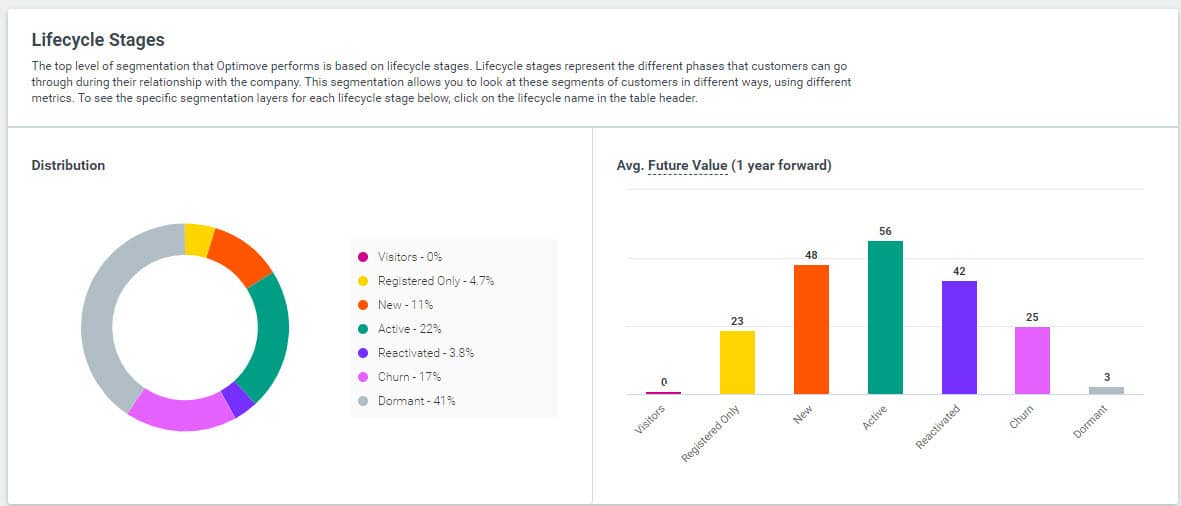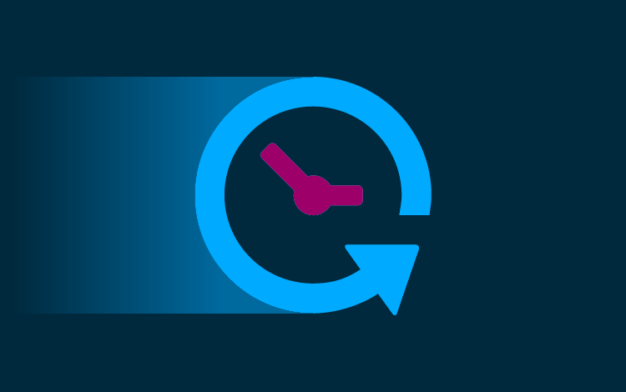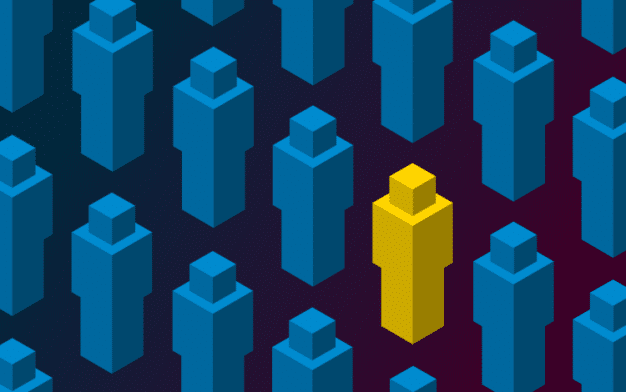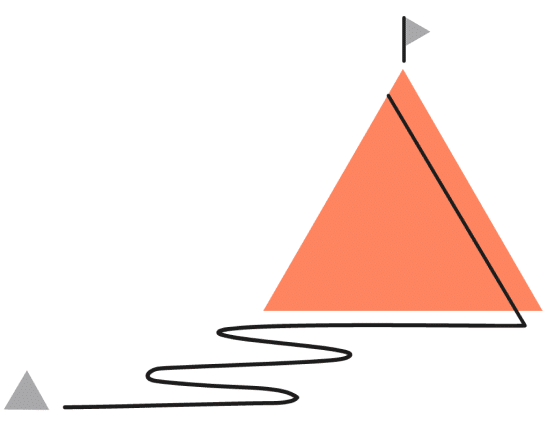What is Customer Lifecycle Marketing?
Customer lifecycle marketing is a high-level approach to personalized customer communications, based on recognizing that different marketing messages and strategies work best for customers at different stages of their journey with a brand. To forge stronger relationships with your customers, you need to understand the distinct lifecycle stages that your customers go through and provide the highest value at each stage, in order to realize the most effective customer engagement, monetization and long-term retention.
Customer LTV Excel Calculator Template
What are the Customer Lifecycle Stages ?
All customers progress through a series of phases during their relationship with a brand. Understanding – and mapping out – the customer lifecycle of your particular business is an important step in tailoring your marketing strategies. To get you started, here is a very basic series of lifecycle stages to consider:
- Prospects – showed some interest, but have not purchased
- Active customers – customers who have purchased
- Inactive customers – customers who have purchased, but not recently
- Lapsed customers – customers who have purchased, but not for a long time
Here is a more granular series of customer lifecycle phases, typical of an online business:
- Anonymous site visitors – people who are visiting your site, apparently for the first time
- Known/returning visitors – site visitors who have been to the site before
- Registered users – people who have registered (e.g., signed up for a newsletter), but who have not yet made a purchase
- First-time customers – customers who recently made their first purchase
- Active customers – customers who have made multiple purchases over a period of time
- Frequent customers – customers who purchase more frequently than other active customers
- Risk-of-churn customers – customers who have purchased, but not recently
- Churned customers – customers who have purchased, but not for a long time
- Reactivated customers – customers who had churned and then returned to make another purchase
Once you have mapped out the most relevant lifecycle stages, you need to decide how to define which customers fall into which stage. For certain stages, this is obviously quite simple. However, for other stages, you will need to analyze your customer data a bit more deeply to decide which customers should be classified into which stage. For example, determining which customers are at risk of churn, and even which customers have already churned, can be more challenging (you can read more about this in the blog post, Defining Churn). There are various statistical and predictive techniques typically used to achieve accurate classifications for these stages.

Some Strategies for Customer Lifecycle Marketing

To achieve greater levels of engagement, spend and long-term loyalty, customers must feel that they are understood and valued by the brand. Customers in different lifecycle stages have different needs, and different types of messages/offers will appeal to them differently. Mapping and defining lifecycle stages will also differ for each type of brand. For example, retailers will emphasize different lifecycle stages and analyze customer behavior differently than iGaming operators. At its most basic level, customer lifecycle marketing is about providing customers with the greatest value at each stage of their relationship with the brand. At a higher level, it is about positively influencing their emotions and behavior over the long term.
While the goal is always to develop an engaged and loyal customer base, there are different tactics and messages that will resonate more with customers at different stages of the customer lifecycle. Here are some examples of how to do this:
- Anonymous site visitors – Your goal is to convince these visitors to register or make a purchase, so consider giving them first-purchase discounts, free bonuses and the like, via website pop-up messages and retargeting ads. Leverage the little you know about them (e.g., how they found your site, what pages they browsed) to make the offers as relevant as possible.
- Registered users – With a combination of email marketing and retargeting, this is the stage where messaging needs to focus on the benefits of engaging with the brand, along with incentives to encourage a first purchase. This serious of messages – sometimes called a “welcome series” or “nurturing” – should be personalized as much as possible, based on all available data (e.g., what products/categories they browsed on the site, where they live, how they initially came to the site).
- First-time customers – Unfortunately, most first-time customers at most sites will never return to make a second purchase there. On the other hand, many of the customers who make a second purchase will go on to make a third, and the chance that they will become loyal customers continues to climb with each subsequent purchase. So, at this lifestyle stage, your goal is to provide relevant and valuable incentives to entice customers to make a second purchase, as this increases the chances of them becoming loyal, long-term customers.
- Frequent customers – As these are the brand’s most valuable customers, it is important to treat customers in this lifecycle stage with highly relevant and personalized communications that provide value and make the customer feel understood and appreciated. Customized rewards and loyalty programs are a great idea. RFM segmentation can help achieve deeper personalization, by revealing the most valuable customers (VIPs) and those who customers are at the greatest risk of churning.
- Risk-of-churn customers – This is a critical lifecycle stage to identify: when you know that a customer is about to churn, you can use highly relevant and personalized re-engagement communications to help retain customers for the long term, instead of letting them lapse.
- Churned customers – Once customers have lapsed for a long period of time, the only way you may be able to get them re-engaged with the brand is to send them aggressive offers and incentives, personalized based on each individual customer’s prior purchases and behaviors. These efforts are commonly called “reactivation” or “win-back” campaigns.
- Reactivated customers – Data shows that the future value and retention rates of reactivated customers is nearly on par with that of first-time customers. Therefore, marketing and engagement campaigns for this lifecycle stage should be very similar to those used with first-time customers. Reactivated customers should receive special treatment, such as exclusive bonuses and personalized offers, in order to turn them back into active shoppers.
So, how do you go about planning a lifecycle-first strategy? Watch the 3-minute video or read the transcript here it to find out!
Customer Lifetime Value Excel Calculator
Download this Excel-based template for a fast and easy method to calculate your customers’ lifetime value.
What are the Benefits of Customer Lifecycle Marketing?
As already mentioned, the primary benefits of customer lifecycle marketing include increased customer engagement, monetization, retention and loyalty. This is because personalized customer marketing always provides customers with a more positive experience that may make them stick with you, even when your competitors try to pull them away.
No one wants to be inundated with irrelevant emails, texts and ads. From the customer’s point of view, more relevant, timely and emotionally intelligent communications make them feel understood and valued. When you succeed at delivering true value, your customers will be more responsive and feel a stronger connection with your brand. This, in turn, leads to greater brand loyalty and, ultimately, higher customer lifetime value.
Another clear benefit is increased marketing ROI: when your paid channels deliver relevant and timely messaging, you will consistently see greater uplift from your campaigns.
On a more strategic level, customer lifecycle marketing is invaluable as a first step towards achieving true 1:1 personalized customer communications. Instead of sending the same communications to large swatches of your customers (or even every customer in your database!), lifecycle marketing forces you to start thinking about customers as individuals. In this way, it serves as a starting point for your marketing team to think about the differences between customers – and what might provide them with the greatest value at each stage of their relationship with your brand.

Going Beyond Customer Lifecycle Marketing
The next step beyond customer lifecycle marketing is aiming for true 1:1 personalized customer communications. The only way to do this is to dive far deeper into your customer data to achieve the understanding and insights necessary for the level of emotionally intelligent customer marketing that will make your customers fall in love with your brand and never consider leaving you!
Doing this at scale is challenging, but recent advances in technologies, such as predictive customer modeling, dynamic customer micro-segmentation, multi-channel campaign automation and AI-driven campaign optimization, have made it a reality already today.
Whether you’re interested in getting your team started with basic customer lifecycle email marketing or you want to dive into large-scale, automated 1:1 multi-channel customer lifecycle marketing automation, you need to check out Optimove. Optimove’s Relationship Marketing Hub is customer lifecycle marketing software that combines the most advanced customer intelligence technologies with an automated customer lifecycle marketing orchestration and optimization platform. Optimove helps marketers implement a systematic approach to planning, executing, measuring and optimizing a complete, highly personalized customer lifecycle marketing strategy.
Visit the Optimove Product page or request a Web demo to learn how you can use Optimove’s Relationship Marketing Hub to automate a complete system of highly personalized and highly effective customer marketing activities.
Get a personalized tour of Optimove
Let us show you how to go from tens to hundreds of segments


